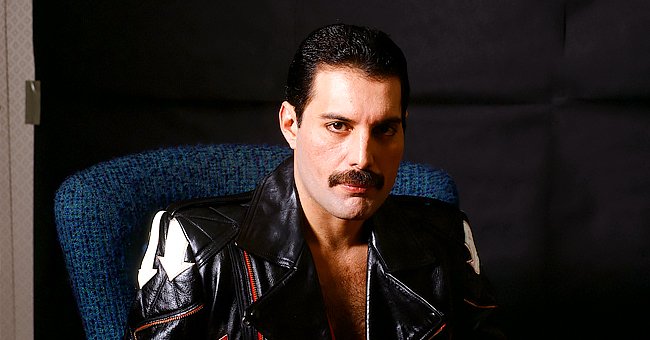
Inside Legendary Queen Frontman Freddie Mercury's Eventful Life and Death
Here are some highlights from frontman Freddie Mercury's life, which was cut short by AIDS-related pneumonia at 45. The legendary musician passed away in 1991.
The life of Freddie Mercury was just as hard to pin down as the music he composed. An example would be "Bohemian Rhapsody." That song is an exercise in excess.
It begins with a ballad, and then it goes from a melodramatic opera to a head-banging rocker, then it turns quiet. All of these elements are tied together by a lyric that acknowledges longings for freedom.
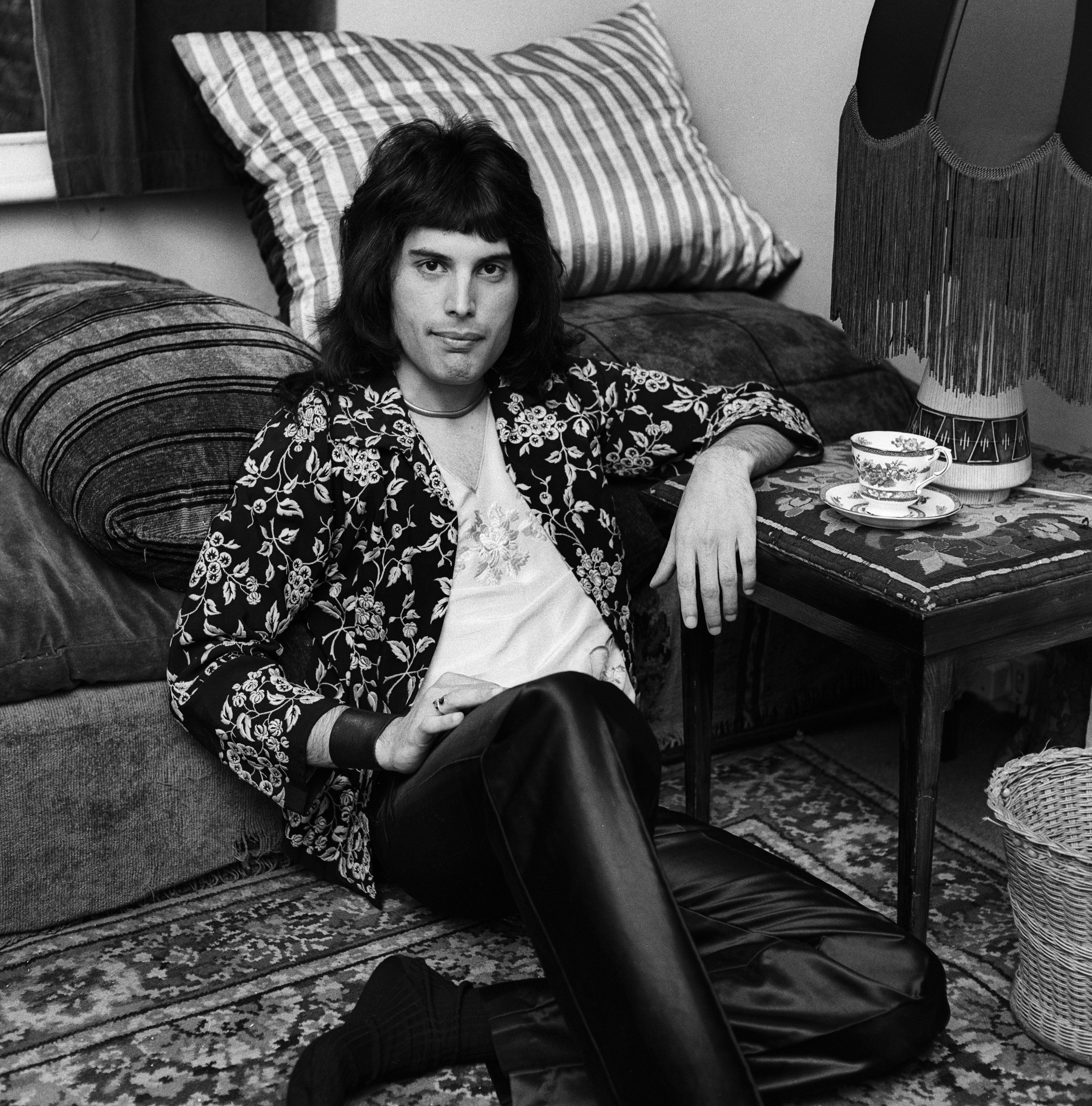
Photo of Freddie Mercury, lead vocalist of the rock band Queen taken on August, 1973. | Photo: Getty Images
MERCURY'S EARLY LIFE
The iconic musician's real name was Farrokh Bulsara. Born September 5, 1946, in Zanzibar (now part of Tanzania), his parents were Parsi, followers of the Zoroastrian religion.
In 1954 when Mercury was eight, he was sent to St. Peter's Church of England School in Panchgani, near his parents Bomi and Jer Bulsara's hometown of Bombay, now Mumbai.
Mercury began his days at St. Peter's as an awkward child self-conscious about his notable overbite. However, he soon blossomed and earned the nickname "Freddie" from his teachers.
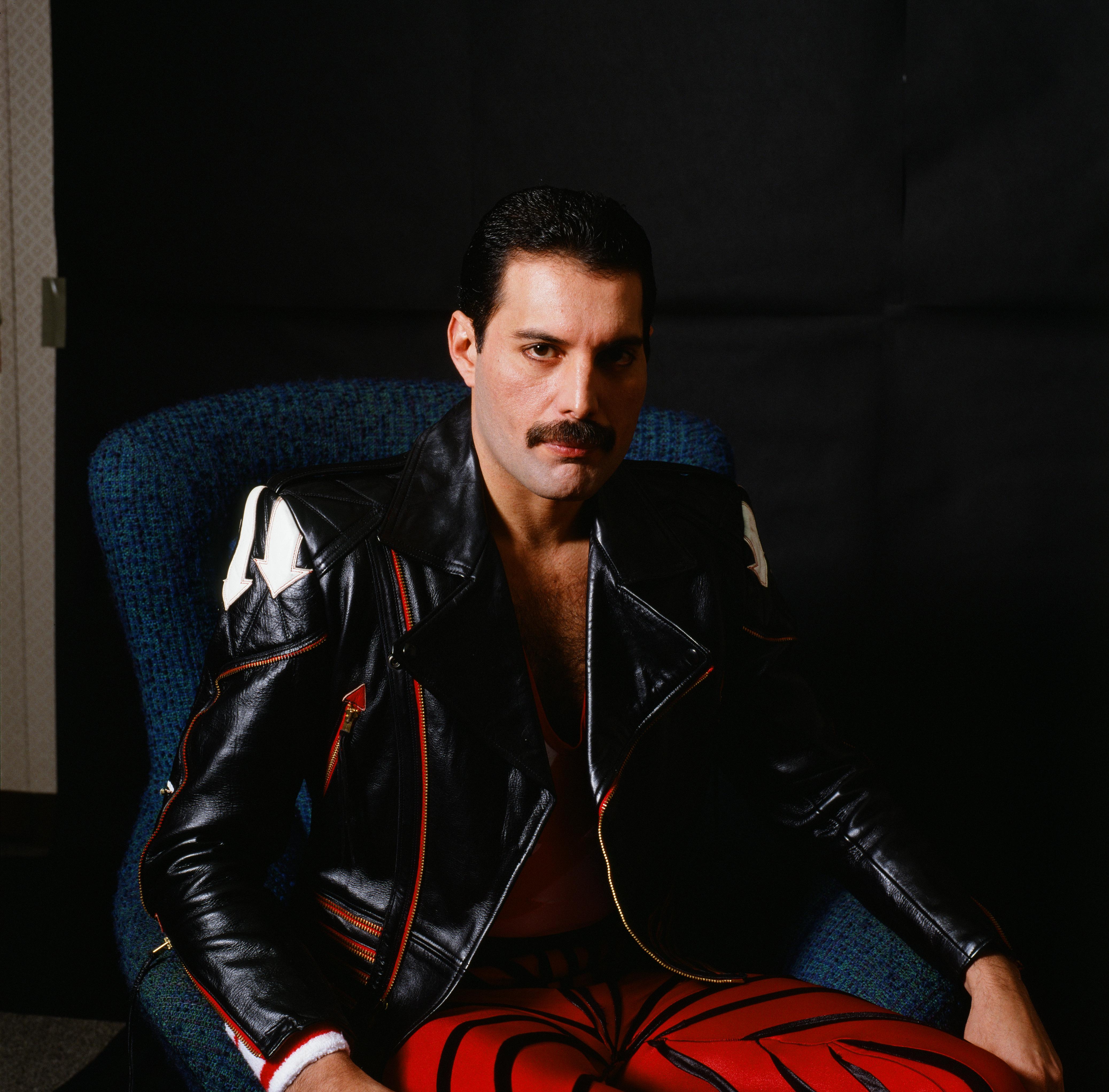
Freddie Mercury of Queen, portrait for Japanese music magazine 'Music Life', Tokyo, Japan , 1985. | Photo: Getty Images
HIS FIRST BAND
Four years after his time at St. Peter's, he founded his first band, the Hectics, with some classmates. A neighboring girls' school student, Gita Choksi, remembered Mercury as a flamboyant performer.
At St. Peter's, questions arose regarding Mercury's sexuality. Now a teacher at the girls' school, Janet Smith recalled him as thin, intense, and called people "darling." He seemed a little fey to her.
The couple had an unconventional routine for a while, but they eventually separated.
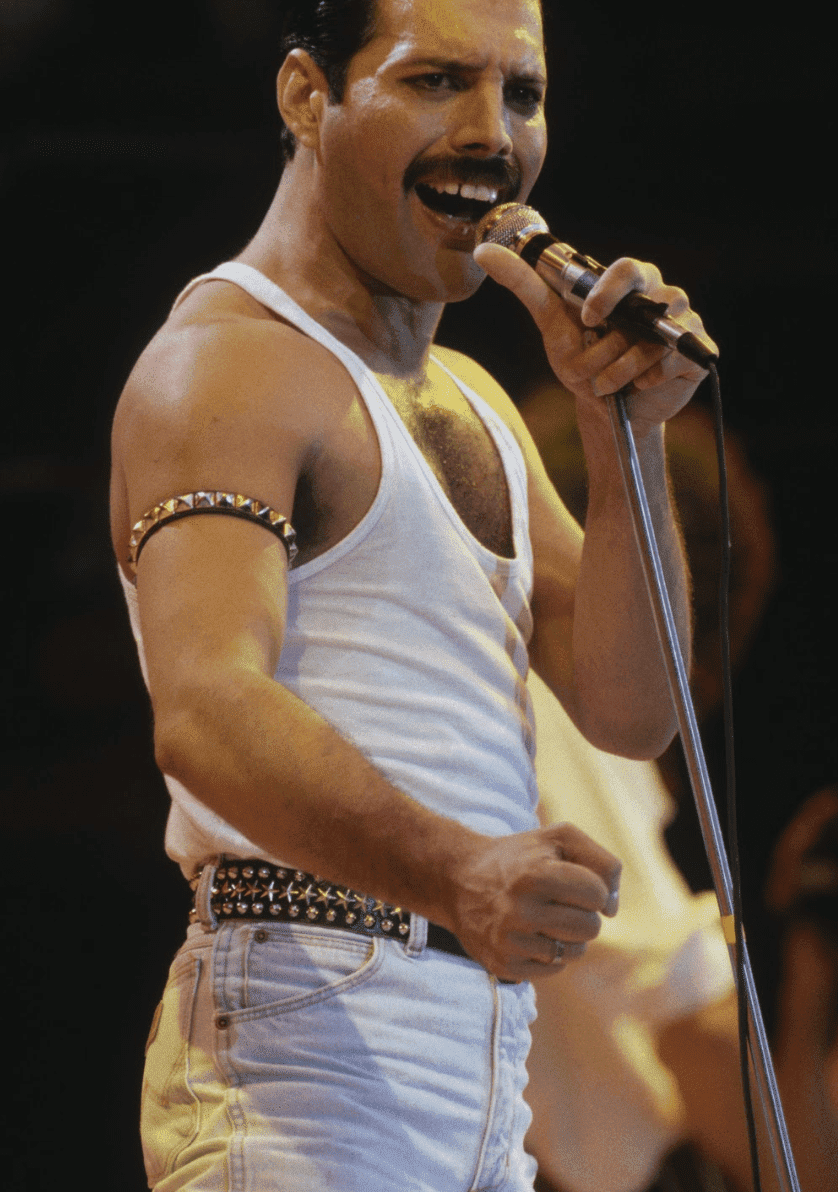
Singer Freddie Mercury of Queen performs during Live Aid at Wembley Stadium on 13 July 1985. | Photo: Getty Images
MOVING TO LONDON
In 1963, Mercury returned to Zanzibar. It was the same year British colonialism ended, provoking a revolution in the island the next year. Poor Africans went after the wealthier Indians.
In the end, Mercury and his family made their way to Feltham, Middlesex. He studied at Isleworth Polytechnic in West London but soon caught up in the era of Swinging London.
Mercury met Tim Staffell, who was a bassist in a band called Smile with Brian May and Roger Taylor at Ealing Art College. He was introduced to the band by Staffell in 1969.
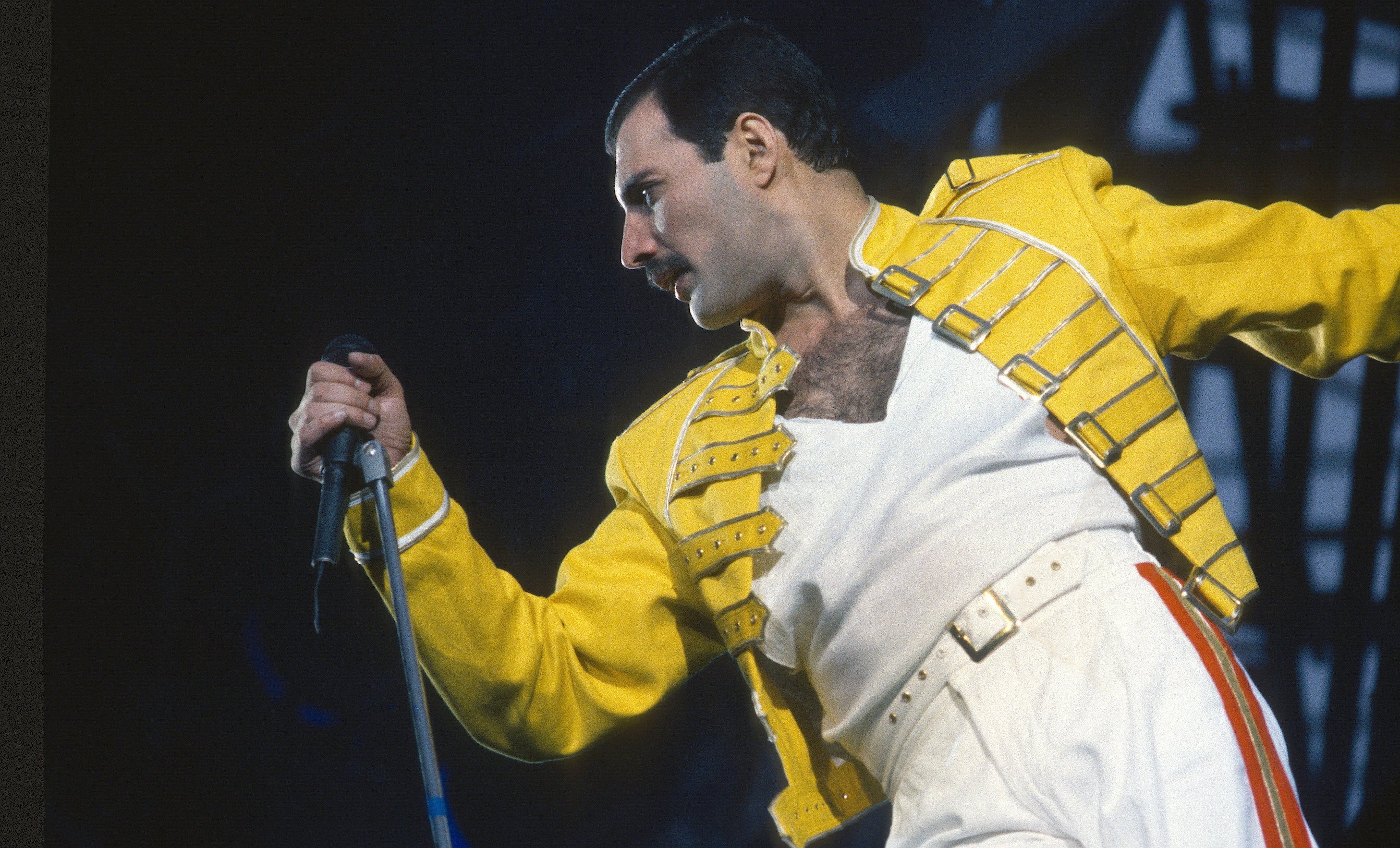
Freddie Mercury performing at a concert in London, England. | Photo: Getty Images
As he began getting closer to the band members, he had a couple of his own groups, seeking to exert influence as much as he could. After seeing Smile, he was inspired to become their lead singer.
MERCURY'S RISE TO STARDOM
In 1970, Staffell left the group, and May and Taylor then went on to form a new group with Mercury. He asked the band to dress up more theatrically and even insisted on naming the group Queen.
He left his surname behind around this time and officially became Freddie Mercury. During Queen's progression, Mercury was also beginning what would go on to become his most intimate relationship.
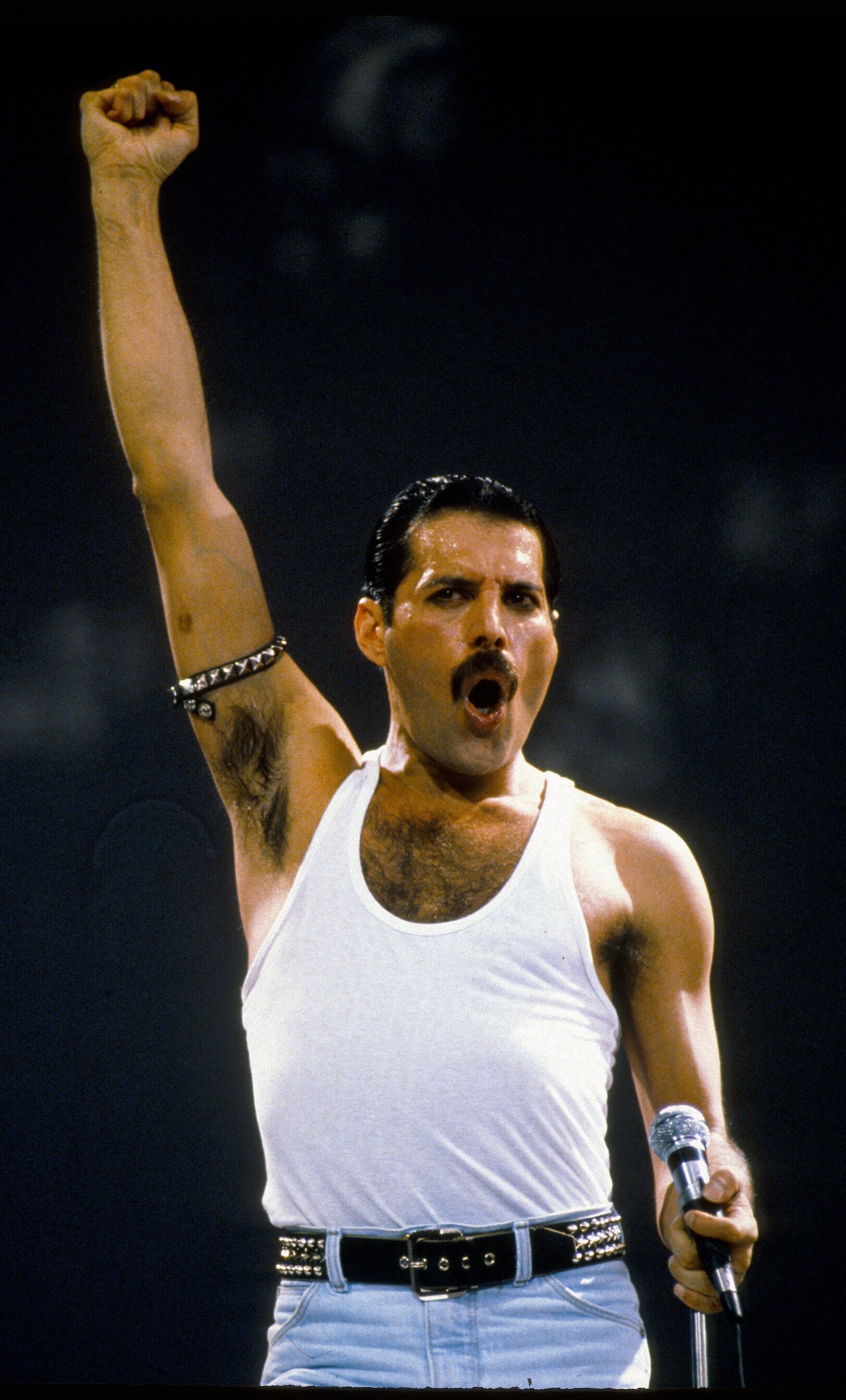
Freddie Mercury of the group Queen performs at the Live Aid concert on July 13, 1985 in London, England | Photo: Getty Images
In 1969, May introduced him to Mary Austin, who worked at hip West London boutique, Biba. Mercury intimidated Austin initially, but that changed over time.
Austin eventually became fascinated, so they dated, then later moved in together. In December 1973, Mercury proposed to Austin after years of ignoring talk of their future.
By December 1976, Queen had released five albums. While Mercury was staying out later and later, Austin suspects he could be having a relationship with another woman.
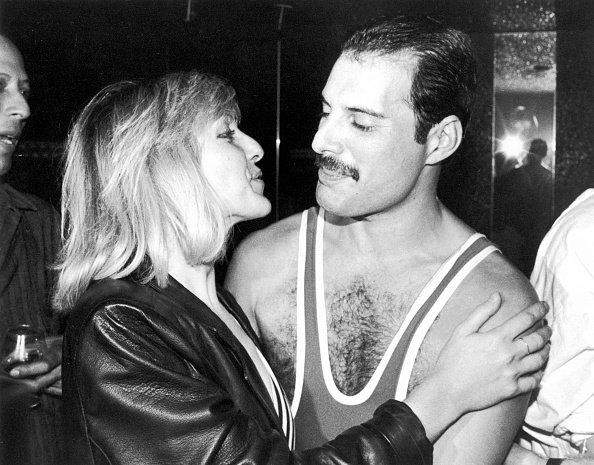
Freddie Mercury and Mary Austin at the Xenon nightclub, London, UK, in September 1984. | Photo: Getty Images
COMING OUT OF THE CLOSET
He then sat her down, telling her he had something important to say. Mercury confessed to Austin that he was bisexual. Austin replied: "No, Freddie, I don't think you are bisexual. I think you are gay."
Mercury hugged Austin and said he wanted her to be part of his life no matter what. The couple had an unconventional routine for a while, but they eventually separated.
Once their relationship ended, they remained in touch with each other. Mercury bought her an apartment nearby where he'd moved, and she still worked for him as his Girl Friday.
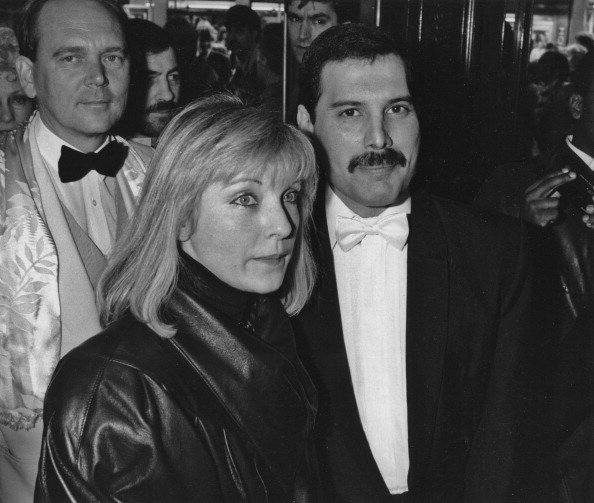
Freddie Mercury and Mary Austin at an after-party in London for 'Dave Clark's Time on April 9, 1986. | Photo: Getty Images
Mercury regarded Austin as his "common-law wife." The band spent much of the late 1970s and early 1980s in Munich, and the city's active and diverse sex culture gave Mercury a playground.
Mercury began a troubling sexual relationship with his manager, Paul Prenter. As years passed, his story became intertwined with the AIDS crisis engulfing the gay community.

Freddie Mercury at the Various Locations in Oakland, California in 1982. | Photo: Getty Images
It is unclear how Mercury contracted the disease that ultimately led to his death. But there's no doubt his unrestrained attitude towards unprotected sex came at a horrible time.
DEATH OF THE LEGEND
When Mercury slipped into a coma on November 23, 1991, his partner, Jim Hutton, was there by his bedside. Dave Clark, Mercury's friend, was at his bedside the day of his death.
Austin reportedly called his parents and sister to inform them of his death. At the time of his death, Mercury wore the wedding band from Hutton, suggesting their relationship's strength.
Mercury died of AIDS-related complications with bronchial pneumonia on November 24, 1991, only a day after announcing his HIV-positive status, something he already knew since 1987.
